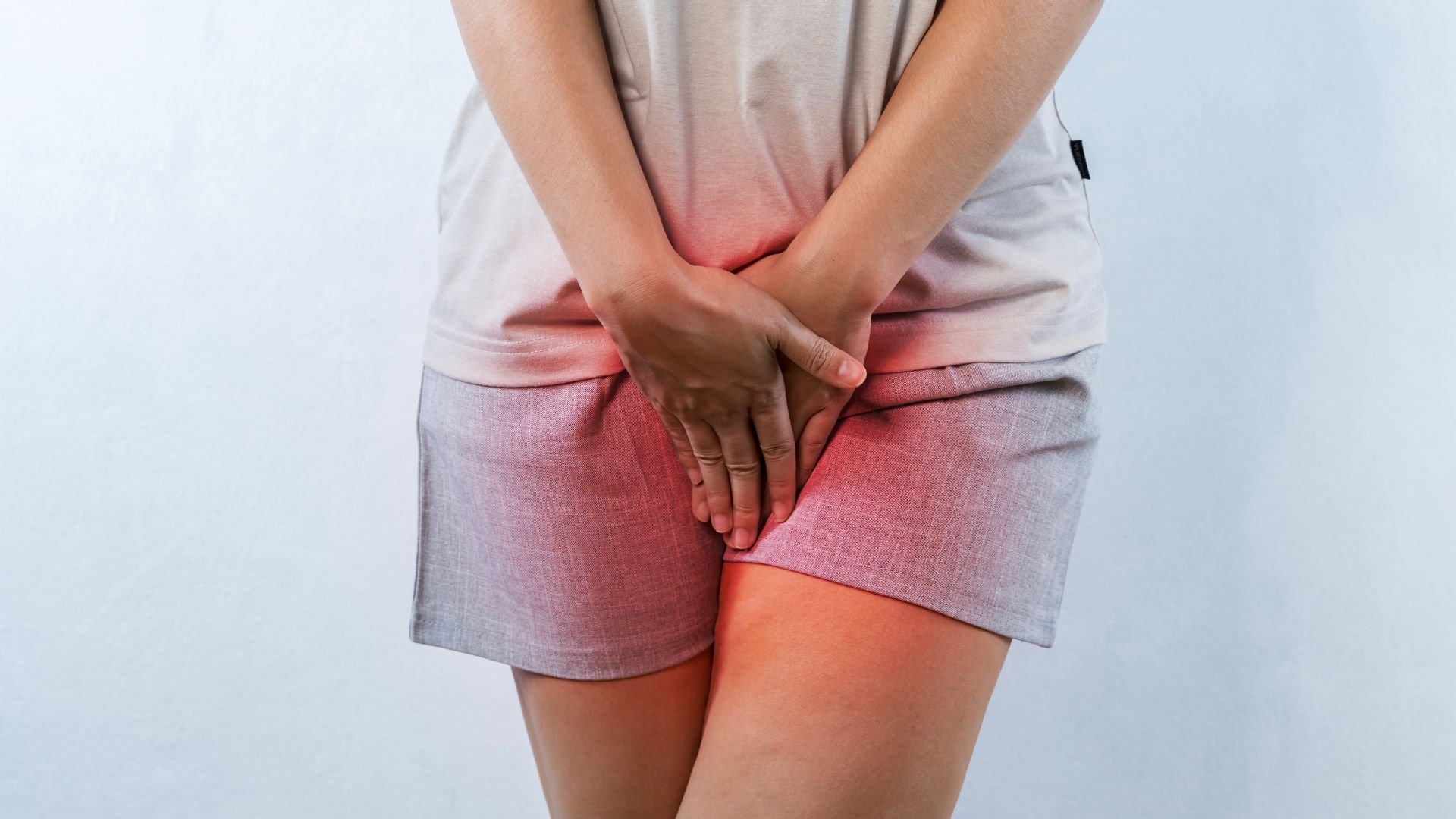
What Exactly Is Osteopathy?
Feeling out of alignment or dealing with stubborn aches? Manual osteopathy might be the gentle, whole-body approach your muscles and joints have been needing. In this post, we explore what manual osteopathy is, how it works, and the ways it can help improve mobility, reduce pain, and restore balance.
Plus, learn how our Manual Osteopaths at Women’s Health Physiotherapy Centre can support your wellness journey.

When You Can’t Find the Words — Healing Through EMDR
Sometimes the hardest part of healing is finding the words. EMDR therapy offers a gentle, evidence-based way to process stuck emotions and trauma without needing to retell every detail. In this article, Sarah Fleming and Kemeela Osman, MSW. RSW explain how EMDR can help parents, especially neurodivergent ones, move beyond triggers, burnout, and past pain to create calmer, more connected lives.

Parenting When You’re Neurodivergent — and Parenting Neurodivergent Children
Parenting while neurodivergent can be both beautiful and exhausting. When you and your child experience the world differently, therapy can help you understand your nervous system, build sustainable routines, and nurture the same compassion for yourself that you give your child.

Responsive Feeding: Trusting Your Baby, Building Connection
Feeding your baby is about so much more than nutrition—it’s an opportunity to build trust, connection, and confidence in both you and your little one. Whether you're breastfeeding, bottle feeding, or starting solids, responsive feeding means tuning in to your baby’s cues and letting them take the lead. It’s a powerful way to nurture your baby’s physical and emotional development from the very start.
In this post, I’ll walk you through what responsive feeding looks like at every stage—from breast and bottle to baby's first bites. As a mama coach, nurse, and mom of two, I’m here to help you feel confident and supported in your feeding journey.

When Support Systems Shift: Understanding Pelvic Organ Prolapse
Pelvic organ prolapse (POP) affects up to half of women who’ve given birth, especially around menopause, yet it remains widely misunderstood. It occurs when weakened pelvic support structures allow organs like the bladder, uterus, or rectum to descend. Symptoms vary, ranging from pelvic pressure to bladder issues—or no symptoms at all. While POP can be progressive, many women manage it successfully without surgery through pelvic health physiotherapy. A tailored approach focusing on muscle strengthening, lifestyle adjustments, and education can greatly improve quality of life. Concerned? Consulting a pelvic health physiotherapist is a smart, proactive first step.

Strong Foundations: The Critical Connection Between Bone Health and Pelvic Function
Osteoporosis affects one in three women over 50, but its impact on pelvic floor health is often overlooked. Since pelvic floor muscles attach directly to bones like the pubic bone and sacrum, decreased bone density can compromise their function. Spinal fractures and postural changes may further strain this area, increasing the risk of dysfunction and falls.
Fortunately, strategies that support bone health — like strength training, adequate calcium and vitamin D, and balance work — also benefit the pelvic floor. With the right guidance, especially from a pelvic floor physiotherapist, women can build a program that supports both bone strength and pelvic health as they age.

Beyond Baby Blues: Why Pelvic Floor Therapy Is Essential After Childbirth
Postpartum recovery is about more than rest—it's a key time to rebuild strength and restore function. Pelvic floor rehab plays a vital role in healing after childbirth, helping prevent long-term issues like pain or incontinence and supporting a confident return to daily life.

Navigating the Shift: Understanding Pelvic Floor Changes During Perimenopause
Perimenopause – typically begins in a woman's 40s, though some experience changes as early as their mid-30s. While hot flashes and mood fluctuations often dominate discussions about this transition, the significant hormonal shifts during this period create equally important changes in pelvic floor function. Understanding these natural variations helps women differentiate between expected changes and those requiring intervention, empowering proactive approaches to maintaining pelvic health throughout this significant life transition.

Backed Up?: Understanding Constipation's Impact on Your Pelvic Floor
While occasional difficulty with bowel movements might seem like a mere inconvenience, chronic constipation creates significant stress on your pelvic floor muscles and can contribute to or exacerbate various pelvic health issues.

Beyond the Incision: Navigating C-Section Recovery for Optimal Pelvic Health
Cesarean deliveries account for approximately one-third of births in North America, yet misconceptions about recovery and pelvic floor impacts persist. Discover why C-section mothers still benefit from pelvic floor therapy, learn about the unique challenges of surgical recovery, and understand how proper rehabilitation supports long-term health.

Finding Your Bathroom Balance: Understanding and Managing Overactive Bladder
The question seems simple enough: "How often should I urinate during the day?" Yet many women find themselves unsure whether their bathroom habits fall within normal parameters or indicate potential problems.

Acupuncture services are back at WHPC! Welcome Guna - Registered Acupuncturist
We’re excited to introduce Registered Acupuncturist, Guna, who specializes in helping clients find balance and relief through acupuncture.

Understanding Pelvic Floor Physiotherapy: A Holistic Approach to Women's Health
Many women mistakenly believe pelvic floor therapy is exclusively for addressing severe issues or postpartum recovery. In reality, this therapeutic approach benefits women across all life stages.

Mapping Your Foundation: Understanding Pelvic Floor Anatomy
The pelvic floor represents one of the body's most intricate and functional muscle groups, yet remains largely mysterious to many women.

Beyond Embarrassment: Understanding and Addressing Stress Incontinence
That unexpected leak during a hearty laugh, sudden sneeze, or vigorous workout represents one of the most common yet least discussed pelvic floor challenges facing women.
